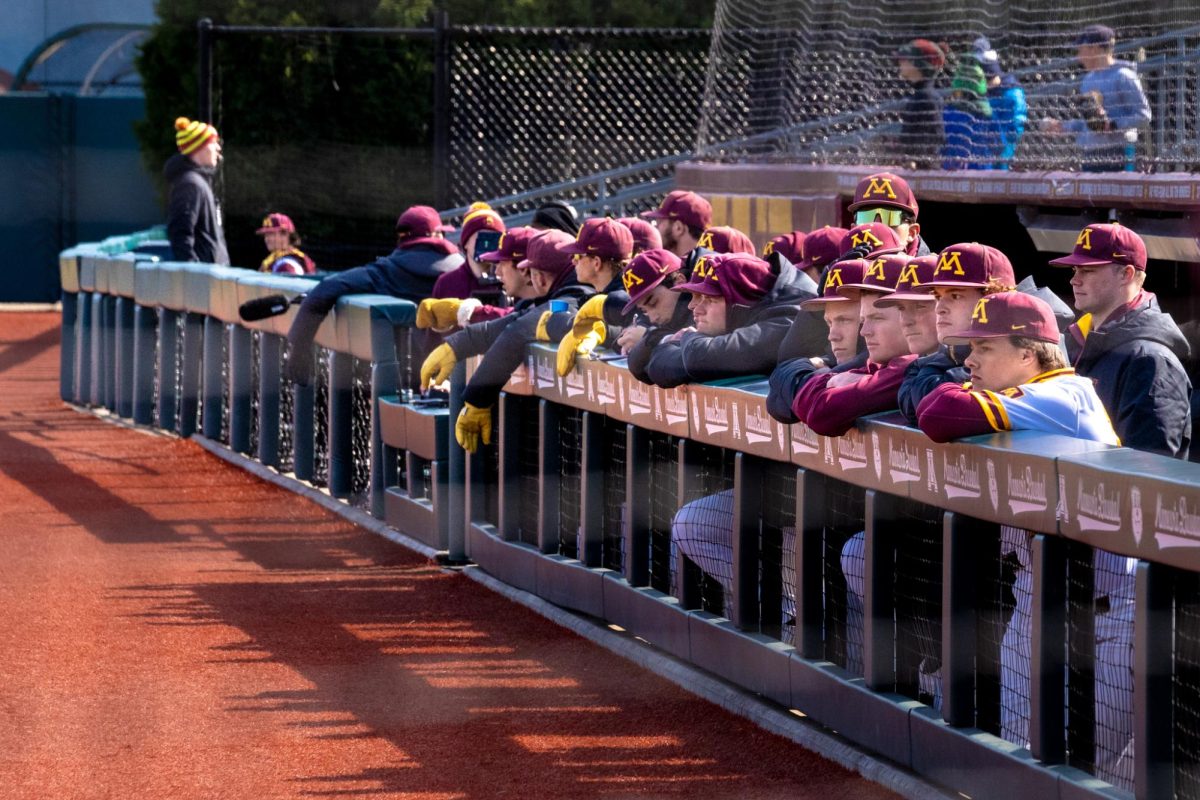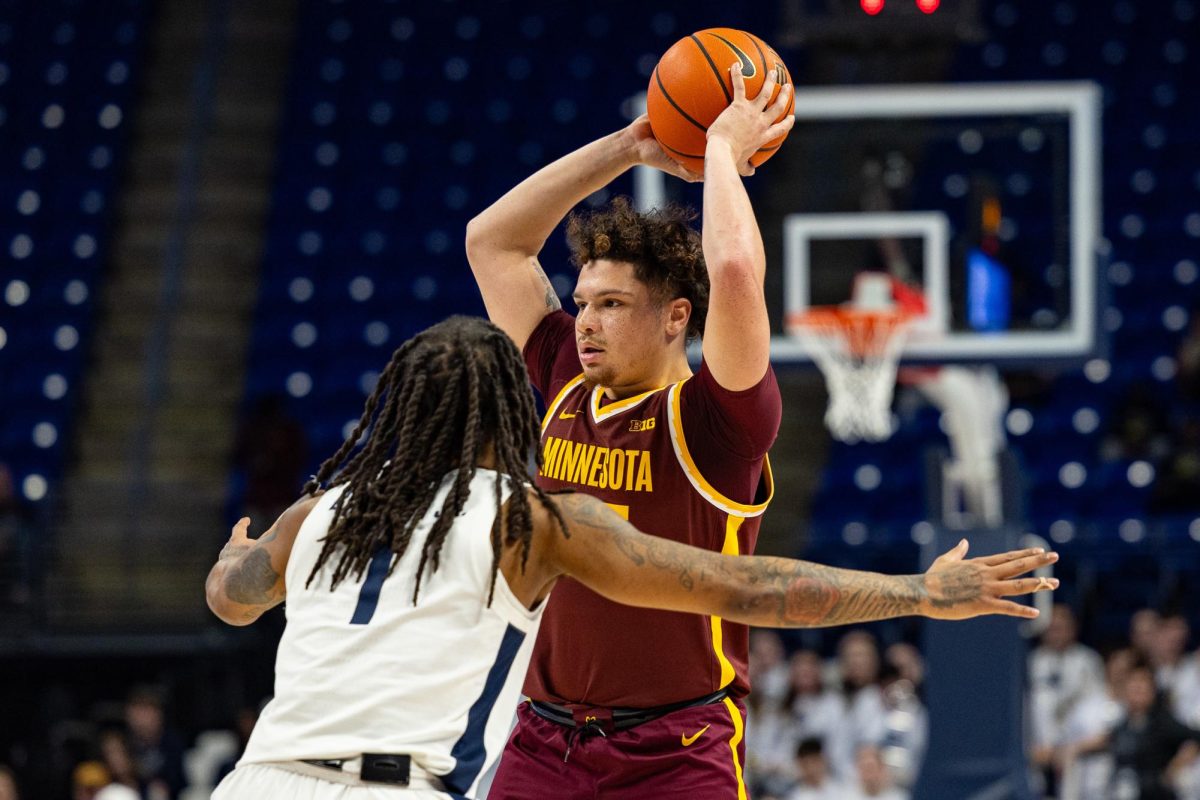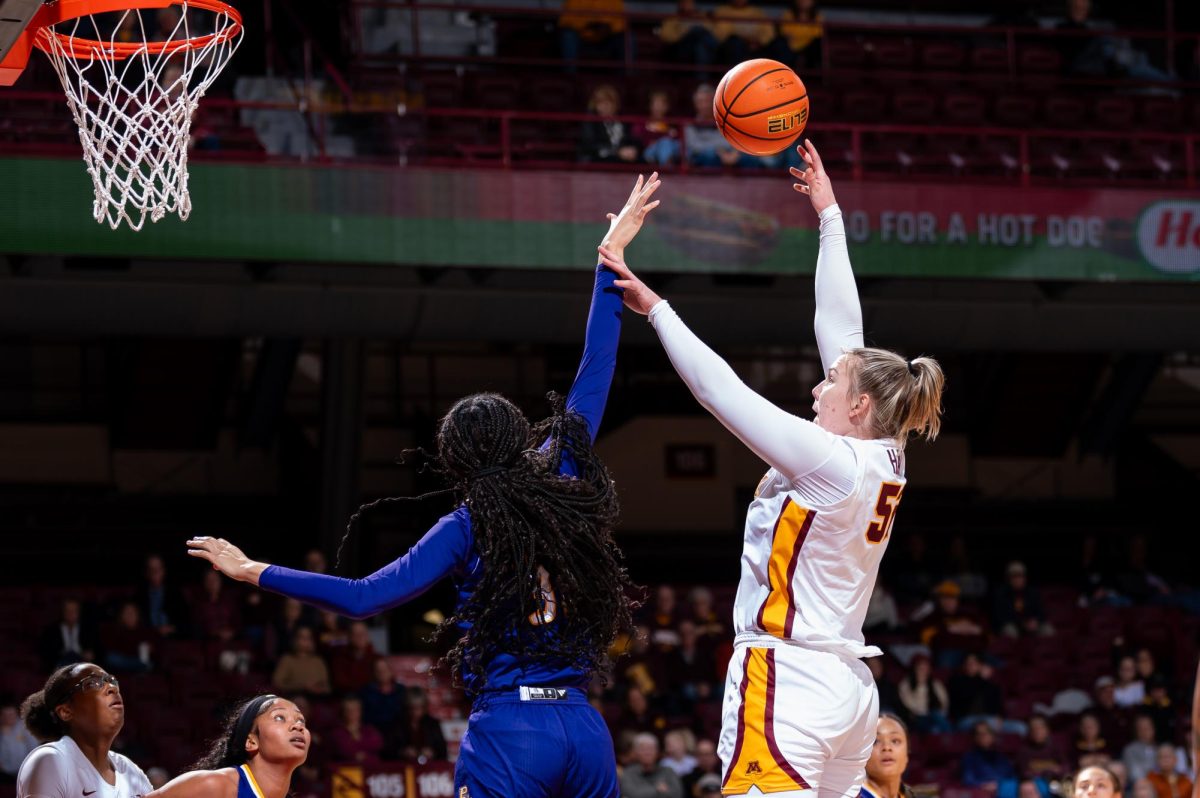Commence round two of the NCAA’s proposals for stipends for student-athletes.
A University of Minnesota faculty athletics representative sat in on talks last week that aimed to shape a new proposal to provide student-athletes with a stipend. The stipend intends to raise student-athletes’ scholarships to equal their cost of attendance.
“The meetings were simply an update,” Division IA FAR president Josephine Potuto said. “But I’d be surprised if nothing got adopted. What it might be is less clear.”
An initial stipend proposal, which was approved last October, planned to give every student-athlete on full scholarship $2,000.
The NCAA released the proposal to all schools for a final vote. Two months later, the minimum of 125 schools elected to override the measure, citing multiple issues.
Minnesota did not vote to override.
“I don’t think, in any sense, the majority of schools are against [a stipend],” Minnesota’s faculty athletics representative Perry Leo said. “It’s just a question of how to implement it.”
Former athletics director Joel Maturi told the Minnesota Daily last fall that the initial stipend’s cost “will approach the $450,000 mark.”
Maturi referred to what he estimated to be 225 full scholarships that Minnesota has — no partial scholarships included.
“The reality for all schools is this is going to increase costs,” former Gophers Chief Financial Officer Elizabeth Eull said.
Eull, who left Gophers athletics in August 2011 for a post in President Eric Kaler’s office, said it’s hard to imagine Minnesota spending less than the rules allow on a stipend.
In 2011-12, Minnesota’s athletics department had a budget of $79 million in which it needed to borrow a couple million from the University to break even.
“Despite having $80 million in expenditures, we couldn’t meet everyone’s needs,” Eull said about her time in the athletics department.
“But I’d be surprised if Minnesota didn’t fully fund the scholarships.”
Potuto, Nebraska’s FAR, said in order to prevent another overwhelming override, schools need to communicate better across conference lines about the possible proposals before sending one to a vote.
The main issue with the first proposal was: How can lower-tier schools like Bowling Green afford an all-or-nothing stipend like the cash cows such as Ohio State?
Because of that concern, questions about competitive and recruiting advantages arose, adding to questions of whether the stipends could be equally distributed among male and female athletes under Title IX.
Several altered propositions came up during the D-I board meetings in April, but tweaks will continue until one is widely accepted, Potuto said.
A finalized proposal is expected when the NCAA D-I board meets in January, Potuto said.
Possible proposals
One of the new options would enable partial-scholarship athletes to also get stipends. For instance, a half-scholarship athlete would garner half of the stipend.
Although it’d help more student-athletes, schools would be paying even more stipend money than originally expected.
Another proposal would give the stipend to athletes that could prove their financial need.
“It would be appropriate to tie these costs of attendance awards to financial need,” Leo said.
Leo said most representatives from the Big Ten were leaning toward making the stipend “need based” but that some wanted a similar “all or nothing” proposal that included partial scholarships.
“I’ll tell you this,” Potuto said. “We at Nebraska wanted the [original] cost of attendance stipend. Period.”







